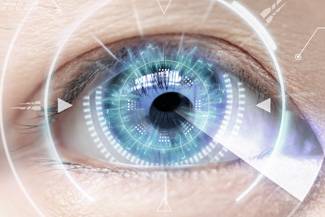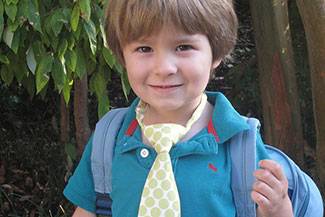-
Having good visual skills is the key to being able to read, play sports, and perform many other tasks, but even people with excellent eyesight may lack vision skills. That’s where vision therapy can help.
-
Complete eye exams are not just for updating your prescription. Learn more about what your eye doctor will screen for, what to expect at your appointment, some of the advanced technology we use, and special considerations for pediatric and infant eye care.
-
A contact lens exam provides all of the measurements and testing that are required to determine if your eyes are suitable for contact lens wear. We are able to fit most patients (even hard-to-fit) and will generate your contact lens prescription.
-
Have your child take our quiz to discover if he/she has functional vision issues that stand in the way of his academic achievement and quality of life.
-
Eye conditions can range from mild to severe. While some are chronic, others may resolve on their own. Here's a short list of common eye conditions we treat, such as astigmatism, dry eye syndrome and presbyopia.
-
We diagnose and manage ocular diseases such as Glaucoma, Macular Degeneration, Diabetic Retinopathy and Cataracts.
-
Did you know your optometrist can help you with red eyes, pink eye, sore eyes, foreign body removal and eye emergencies?
-
If you're ready for an alternative to glasses and/or contacts look to us for co-management of LASIK, cataract, and other ocular surgery.
-
We invite you to browse through these articles to find information about vision and eye health for you and your family.
-
Amblyopia or “lazy eye” is a neuro-developmental vision condition that begins in early childhood.
-
Studies show that children with vision problems are twice as likely to be diagnosed with ADD or ADHD as compared to their peers. Learn how vision therapy can help maximize your child's visual skills to reach their full potential.
-
Amblyopia, commonly referred to as Lazy Eye, occurs when the brain and the eye are not working in unison, resulting in decreased vision in an eye that otherwise seems healthy. The only treatment available which treats the amblyopia and not just the symptoms is Vision Therapy, also called Development Optometry.
-
Approximately 60% of stroke survivors develop some form of visual impairment, including diminished central or peripheral vision, eye movement abnormalities, or visual perceptual defects. Focus, double vision, balance, visual memory, and depth perception are all affected. A neuro-optometrist can help rehabilitate any of these and other resultant visual aberrations.
-
By training the eyes and brain to seamlessly work together, vision therapy effectively treats visual dysfunctions that interfere with a child’s reading and learning abilities.
-
Strabismus, also known as an “eye turn” or “cross-eye”, is a condition characterized by the improper alignment of the eyes. Vision therapy effectively treats this condition by teaching the brain and eyes to work together to correct the eye misalignment and thus achieve clear and comfortable vision.
-
Children often struggle with learning and sports as a result of undiagnosed vision problems — most commonly Convergence Insufficiency (CI). CI has been shown to affect a child’s reading ability, attention and overall school performance. Learn how vision therapy can treat this condition thereby leading to more success in school, work and in sports.
-
Keep Up-To-Date with our Vision Therapy Blog!

















